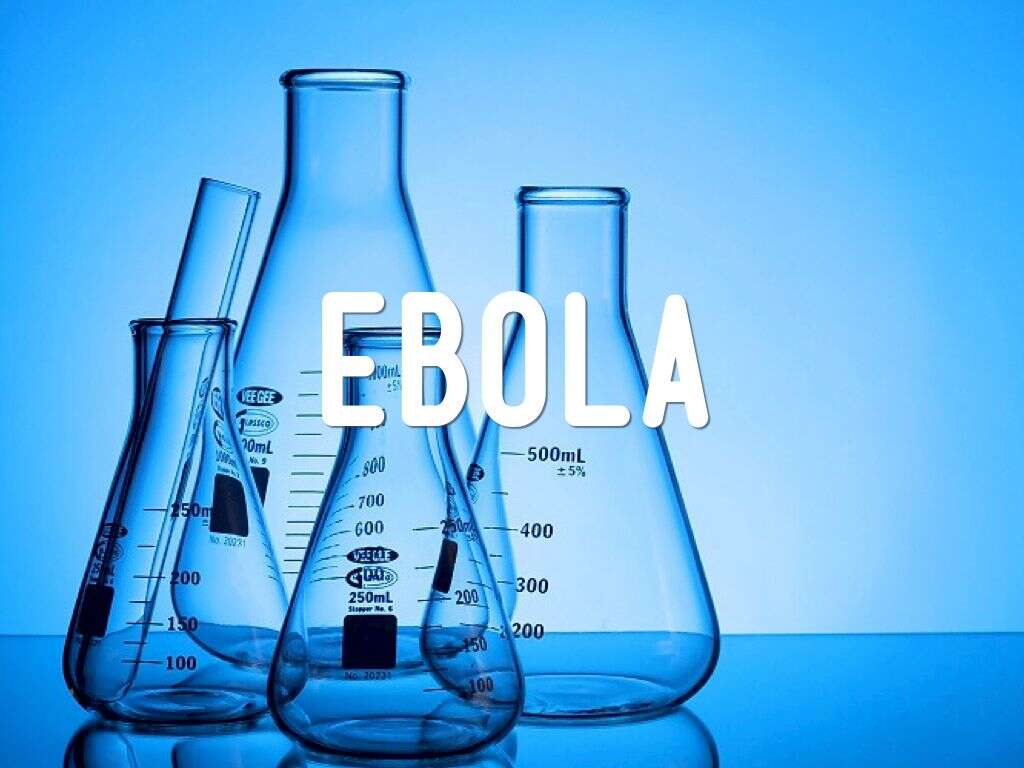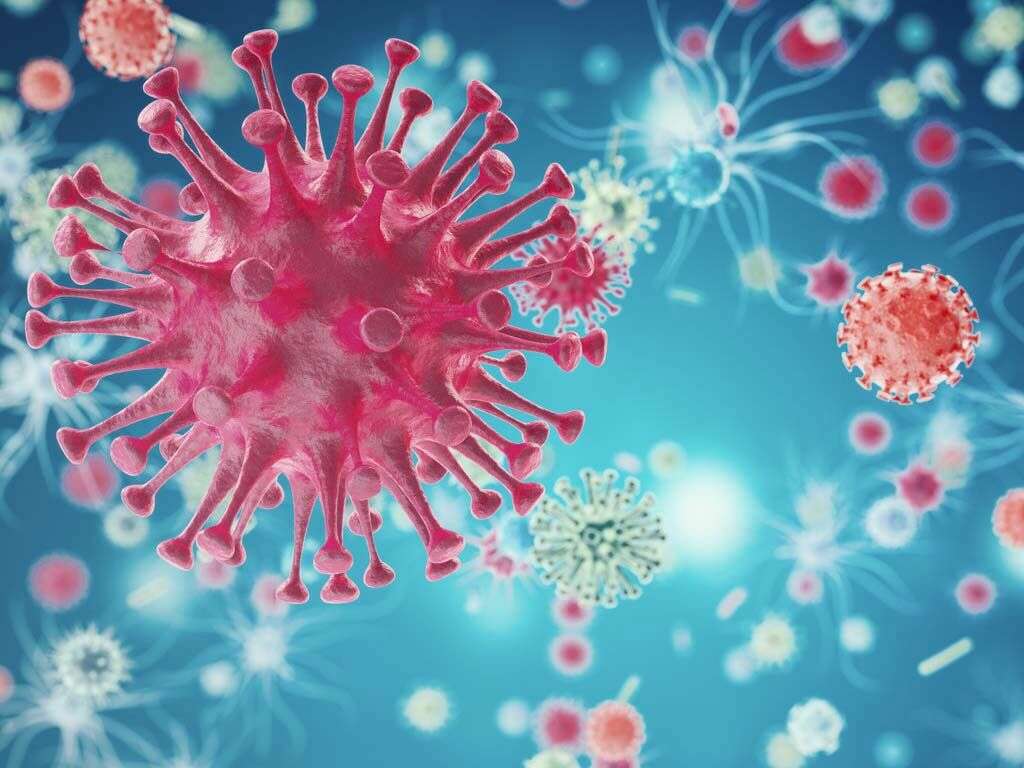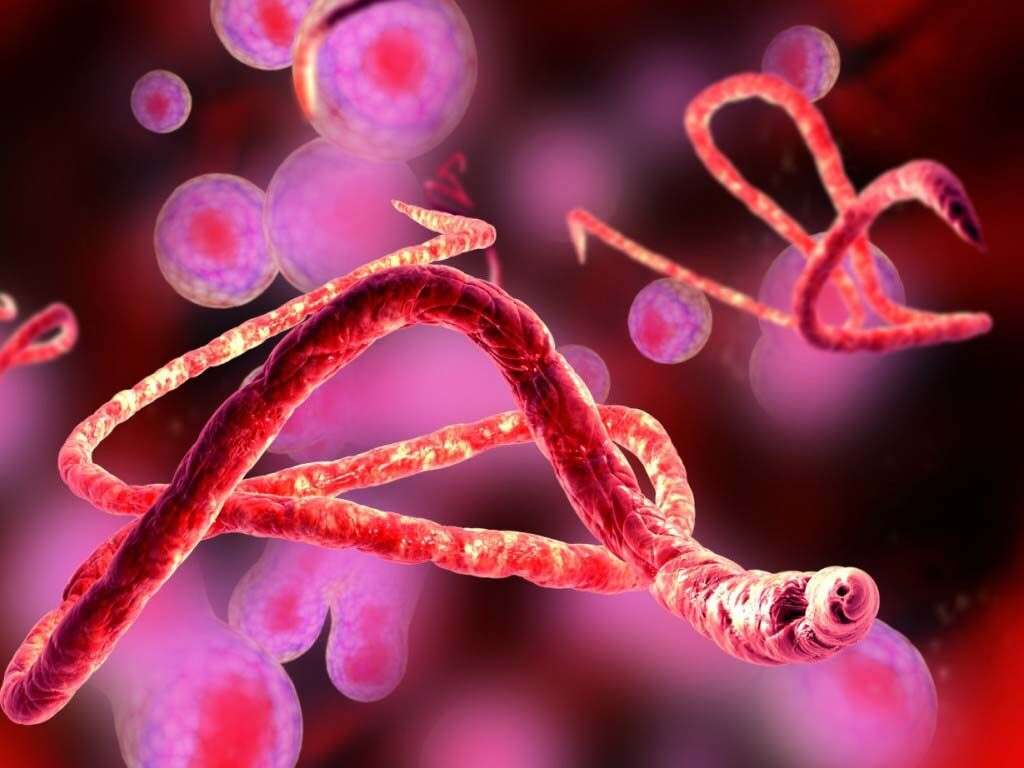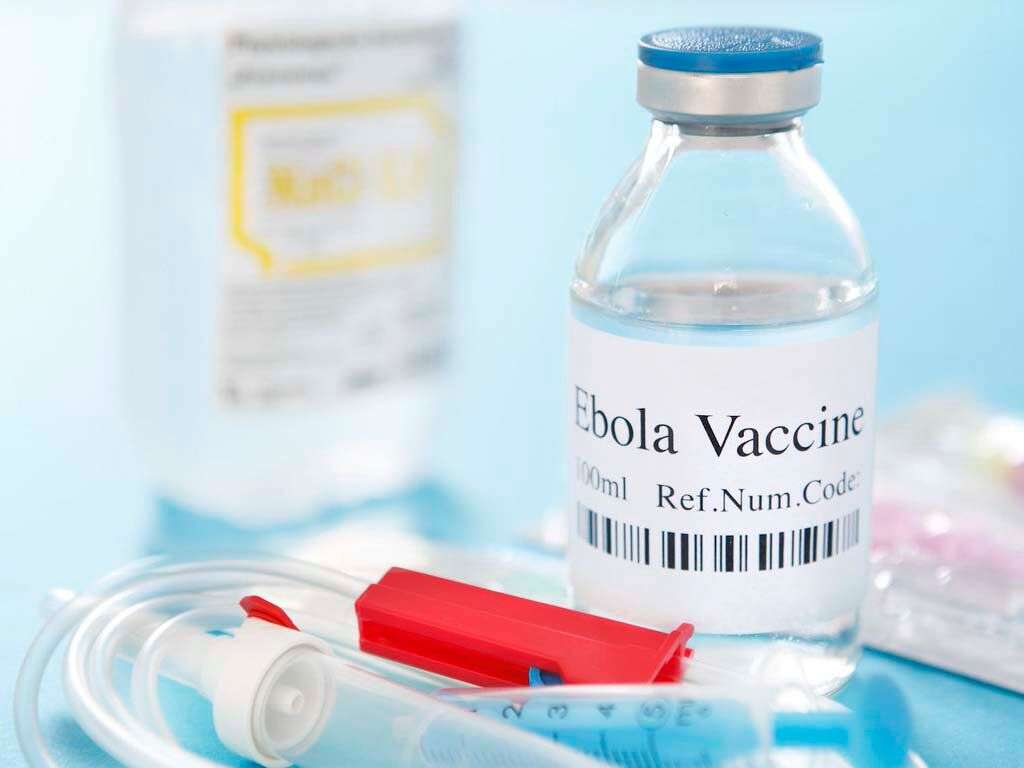10 Ebola Symptoms
Ebola is a condition that causes viral hemorrhagic fever in humans and other primates. It has a high risk of fatality. Death usually occurs in six to fourteen days after the symptoms begin. The virus is transmitted via contact with bodily fluids such as blood from infected individuals or other animals. Spread can also occur when there is contact with items that are contaminated with bodily fluids. The spread of the disease through the air has not been documented in either laboratory or natural conditions. For those who have recovered from Ebola virus disease, the semen or breast milk can still carry the virus from several weeks to months. Fruit bats are potentially normal carriers and can spread the virus without being affected.
Outbreaks can be controlled through coordinated community help and medical services. Contact tracing, rapid detection, access to laboratory services, care for the infected, and proper handling of those who have died through cremation or burial are all necessary. Samples of bodily fluids must be handled carefully. Prevention includes limiting the spread of Ebola virus disease from animals to humans and vice versa, cooking thoroughly before eating, wearing protective clothing, and hand washing. A vaccine has been approved in the US and Europe for certain strains of the Ebola virus but no specific treatment for the disease is available at the moment. Supportive management such as oral rehydration fluids, intravenous fluids, and treating symptoms can improve the outcome for the affected patients. Ebola virus disease outbreaks can occur occasionally in the tropical regions of sub-Saharan Africa. Between the years 1976 to 2013, the World Health Organization has reported a total of 24 outbreaks with 1,716 cases. The largest outbreak occurred in West Africa between December 2013 to January 2016 where there were 28,616 cases with 11,310 deaths.
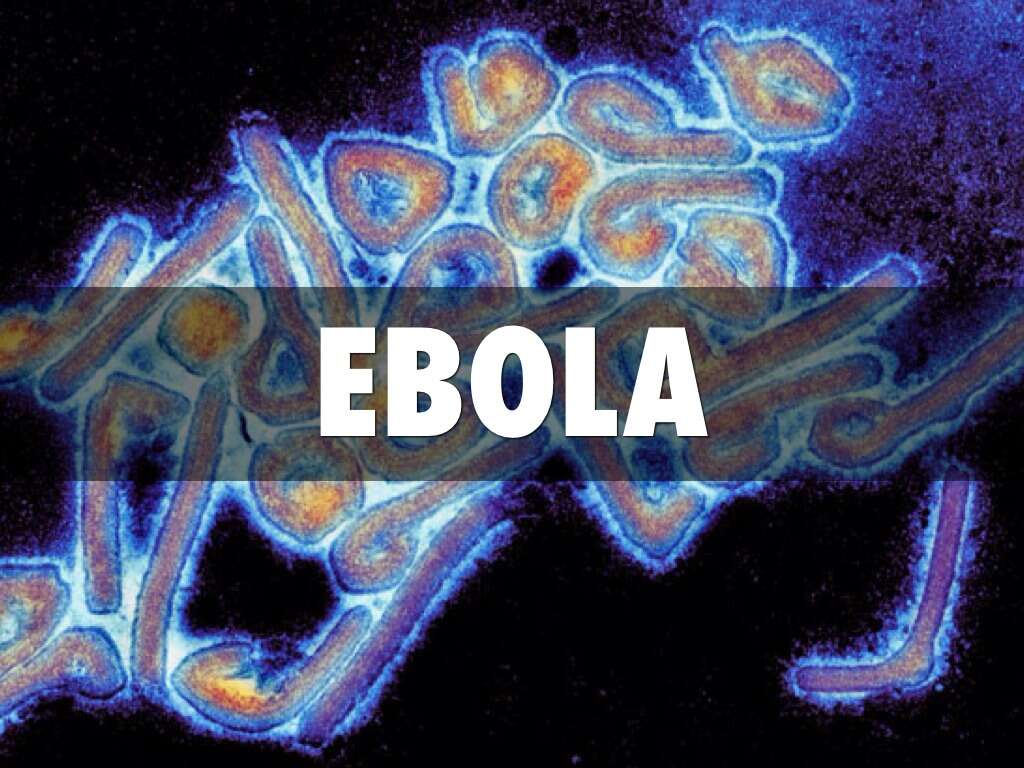
Symptom #1: Fever
Fever is also known as a febrile response or pyrexia where there is a temperature that is higher than the normal range. This is an increase in the body’s temperature set point. This increase causes muscle contractions and the sensation of being cold. The contractions result in more heat production and increased efforts for heat conservation.
Fever is present in more than 90% of patients suffering from Ebola. It usually is a high-grade fever that may or may not come with chills. Fever is a non-specific symptom because many conditions may cause the temperature to rise as well.
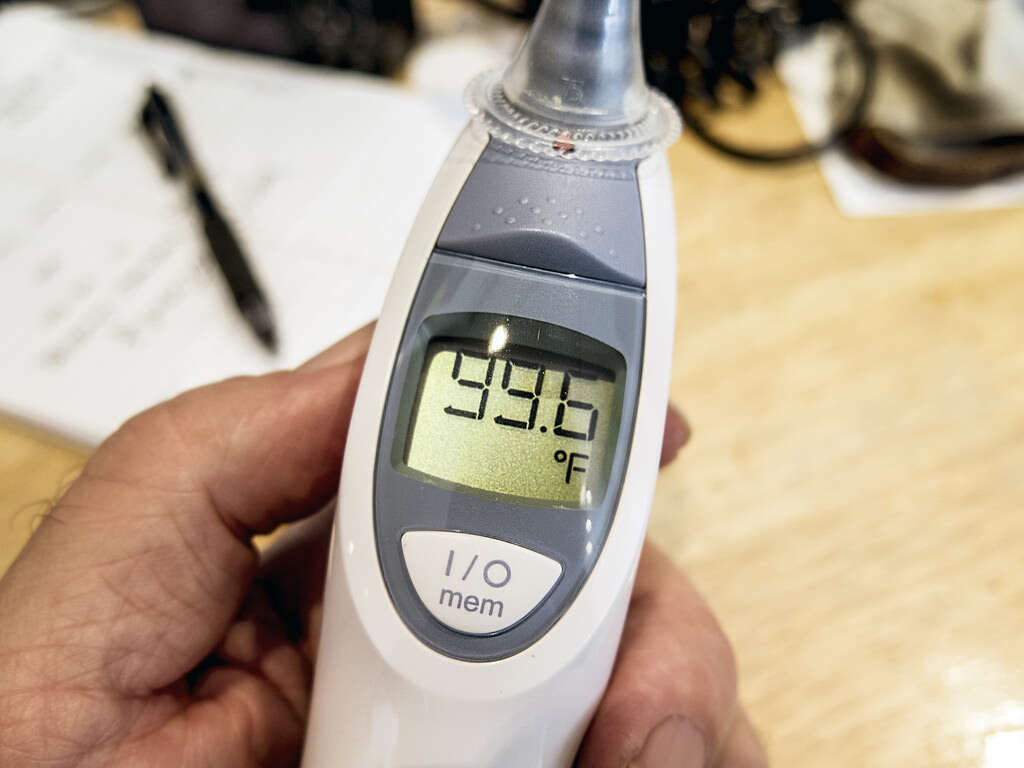
Symptom #2: Fatigue and Weakness
Fatigue is a feeling of tiredness that can be alleviated by periods of rest. It can be due to either physical or mental causes. Physical fatigue is a temporary inability of the muscles to perform optimally. Mental fatigue is the inability to maintain cognitive performance. Weakness can be caused by conditions that are divided into true or perceived muscle weakness.
These symptoms are early signs of the disease and occur in almost 90% of patients suffering from this condition. Patients will struggle with everyday tasks and normal functionality will be impaired.

Symptom #3: Decreased Appetite
Decreased appetite is also known as anorexia. It is a non-specific symptom that can occur in many conditions such as acute viral hepatitis, anxiety, cancer, chronic kidney disease, dehydration, dementia, drug addiction, fever, hypothyroidism, mood disorders, tuberculosis, thalassemia, ulcerative colitis, zinc deficiency, and more.
This symptom is reported by almost half of the patients infected with the Ebola Virus. It is a non-specific symptom and it usually appears early on.

Symptom #4: Myalgia
Myalgia is a term that is known as muscle pain. It is a non-specific symptom that occurs in many diseases such as viral infections, fibromyalgia, systemic lupus erythematosus, polymyositis, multiple sclerosis, influenza, and more. The commonest cause of myalgia is due to overuse or overstretching of muscles.
This symptom occurs in more than 50% of the patients suffering from Ebola. It is an early sign of the disease and it is a common symptom associated with many viral conditions.
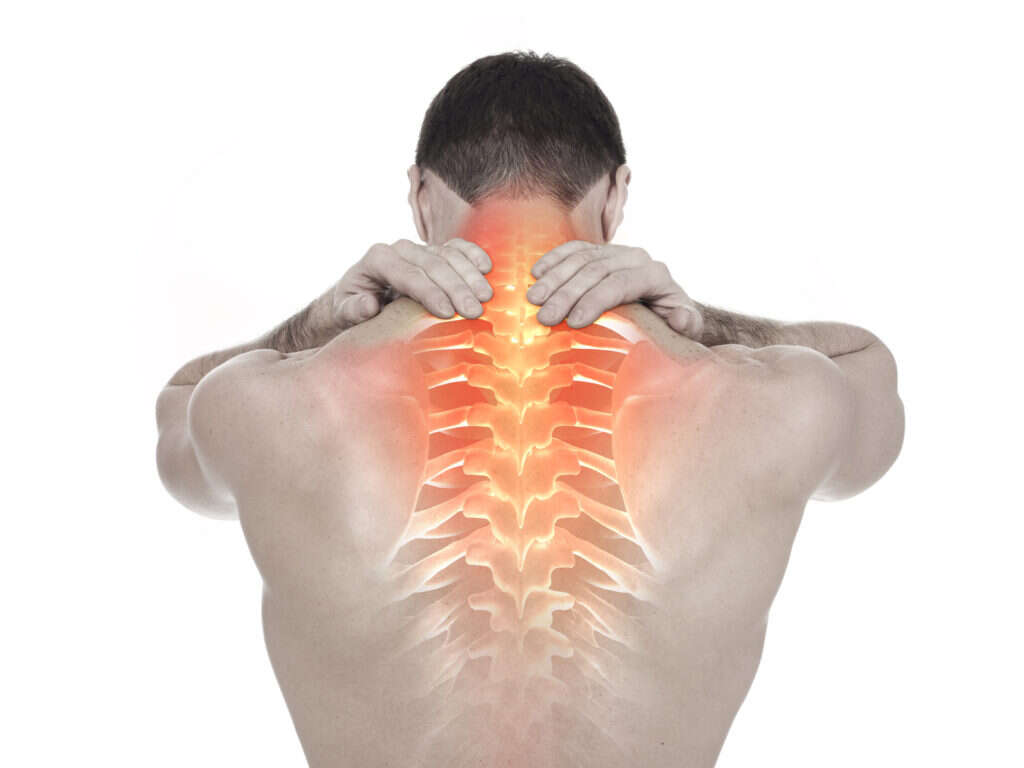
Symptom #5: Joint Pain
Joint pain or arthralgia is usually a symptom of injury, allergic reaction, illness, or infection. Joint pain is a non-specific symptom and can occur in many conditions such as osteoarthritis, rheumatoid arthritis, systemic lupus erythematosus, viral arthritis, Lyme disease, gout attack, septic arthritis, dengue fever, Ebola virus disease, and more.
This symptom occurs in half of the patients suffering from Ebola, it starts suddenly and it usually involves joints on both sides of the body.
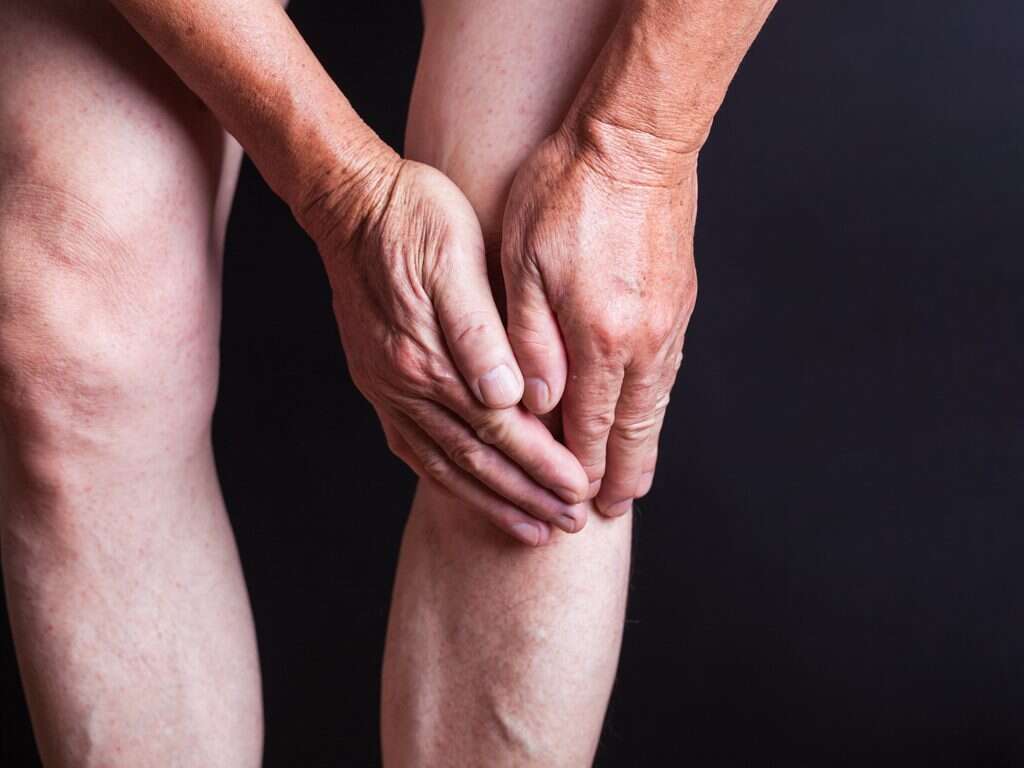
Symptom #6: Headache
Headache refers to pain that occurs anywhere in the neck or head. There are many types of headaches such as tension type headaches, cluster headaches, migraines, and more. It is a non-specific symptom that can occur in many conditions such as dehydration, sleep deprivation, fatigue, stress, side effects of drugs, common colds, head injury, dental issues, virus infections, and more.
The headache associated with Ebola virus is quite severe and appears suddenly in the early stage of the disease. It happens to almost 80% of the patients suffering from this disease.

Symptom #7: Abdominal Pain
Abdominal pain is a common symptom associated with Ebola. It usually appears in the late stages of the disease and it is caused by the hemorrhagic state affecting abdominal organs such as the liver and the spleen.
This symptom is seen in more than 60% of patients suffering from this disease.

Symptom #8: Bleeding
In some cases, patients with Ebola virus disease may experience internal and external bleeding. Bleeding usually starts five to seven days after the symptoms begins. All patients who are affected have some form of decreased blood clotting. In 40 to 50 percent of cases, bleeding from needle puncture sites and mucous membranes have been seen.
It may lead to coughing up of blood, vomiting blood, or blood in the stool. Bleeding into the skin can lead to purpura, petechiae, ecchymoses, or hematomas. Bleeding can also occur into the whites of the eyes and in the gastrointestinal tract.

Symptom #9: Gastrointestinal Symptoms
Patients with Ebola virus usually suffer from nausea and vomiting. These symptoms appear after a few days in almost 65% of the patients. Diarrhea usually follows in most patients.
These symptoms may cause the condition to progress faster as the patient becomes dehydrated over time.
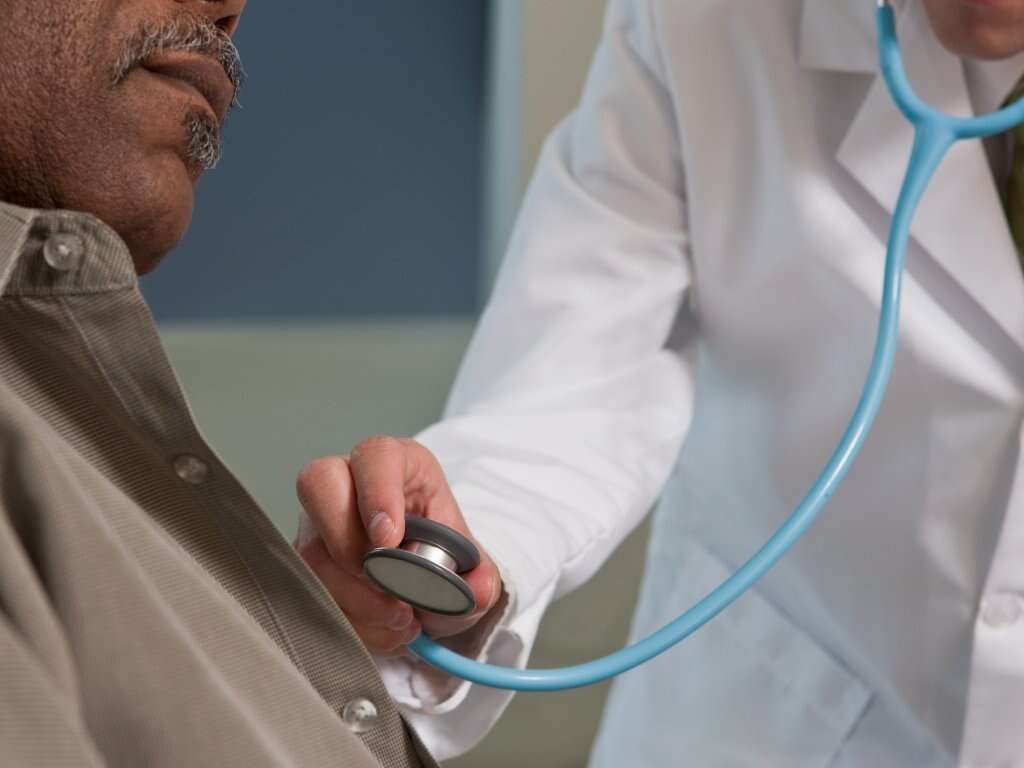
Symptom #10: Maculopapular Rash
A maculopapular rash is described as a red and flat area on the skin that has many small confluent bumps. It may only be apparent in individuals with fair skin. A maculopapular rash can be seen in many conditions such as measles, scarlet fever, Ebola virus disease, secondary syphilis, rubella, erythrovirus, zika, chikungunya, varicella, and even a simple heat rash.
This symptom appears around day 5 of the disease and it usually targets the trunk of the patient.
